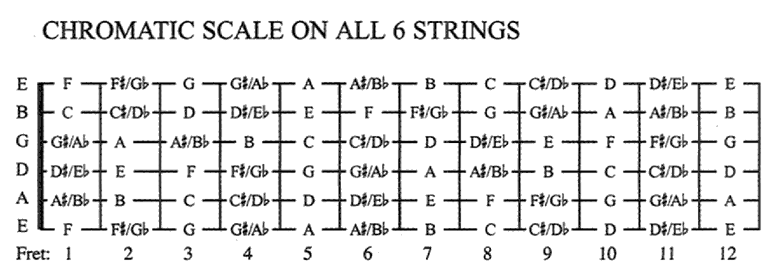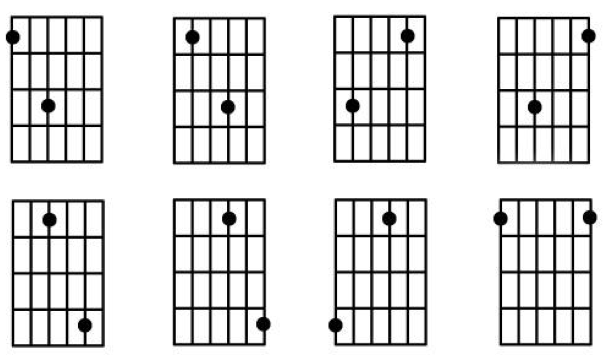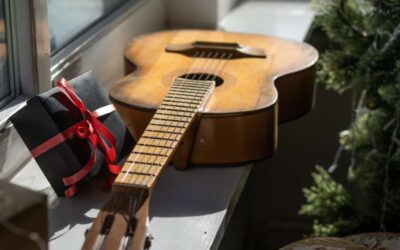

Let’s say you need to find the note on the eighth fret on the B string. The first thing I would do is bring that note down to its lowest octave. You will always land on either the A string or the low E. The first octave below the eighth fret on the B string would take you to the fifth fret of the D string. From there, you could bring that note down another octave and reach the third fret on the low E string. That makes it very easy to identify that all of those notes have been G. Do that, and it won’t be long before you start to remember what the notes are without even having to go through the octaves. Ask your guitar teacher for more tips.
Considering guitar lessons? Click here to view our guitar lessons.

Don’t forget to share this post.
Feeling Nervous About Restarting Piano? It’s Easier Than You Think!
[pac_divi_table_of_contents included_headings="off|off|on|off|off|off"...
Write Your First Song in 10 Minutes. No Experience? No Problem!
[pac_divi_table_of_contents included_headings="off|off|on|off|off|off"...
Sing Higher Instantly! Mastering Head Voice & Falsetto in Boulder, CO
[pac_divi_table_of_contents included_headings="off|off|on|off|off|off"...
Learn to play these captivating pop ballads, even if you’re just beginning!
[pac_divi_table_of_contents included_headings="off|off|on|off|off|off"...
Why Music Lessons Are a Powerful New Year’s Resolution
[pac_divi_table_of_contents included_headings="off|off|on|off|off|off"...
Gifts that Will Make Kids Fall in Love with Music
[pac_divi_table_of_contents included_headings="off|off|on|off|off|off"...
Essential Tips for Parents of Young Brass Players: Support Your Budding Musician
[pac_divi_table_of_contents included_headings="off|off|on|off|off|off"...
How Learning Brass Instruments Helps Kids’ Cognitive, Physical and Social Growth
[pac_divi_table_of_contents included_headings="off|off|on|off|off|off"...
Top 5 Beginner-Friendly Guitar Techniques You’re Probably Not Using!
[pac_divi_table_of_contents included_headings="off|off|on|off|off|off"...
How to Start Voice Lessons: Essential Techniques for Beginning Singers
[pac_divi_table_of_contents included_headings="off|off|on|off|off|off"...










